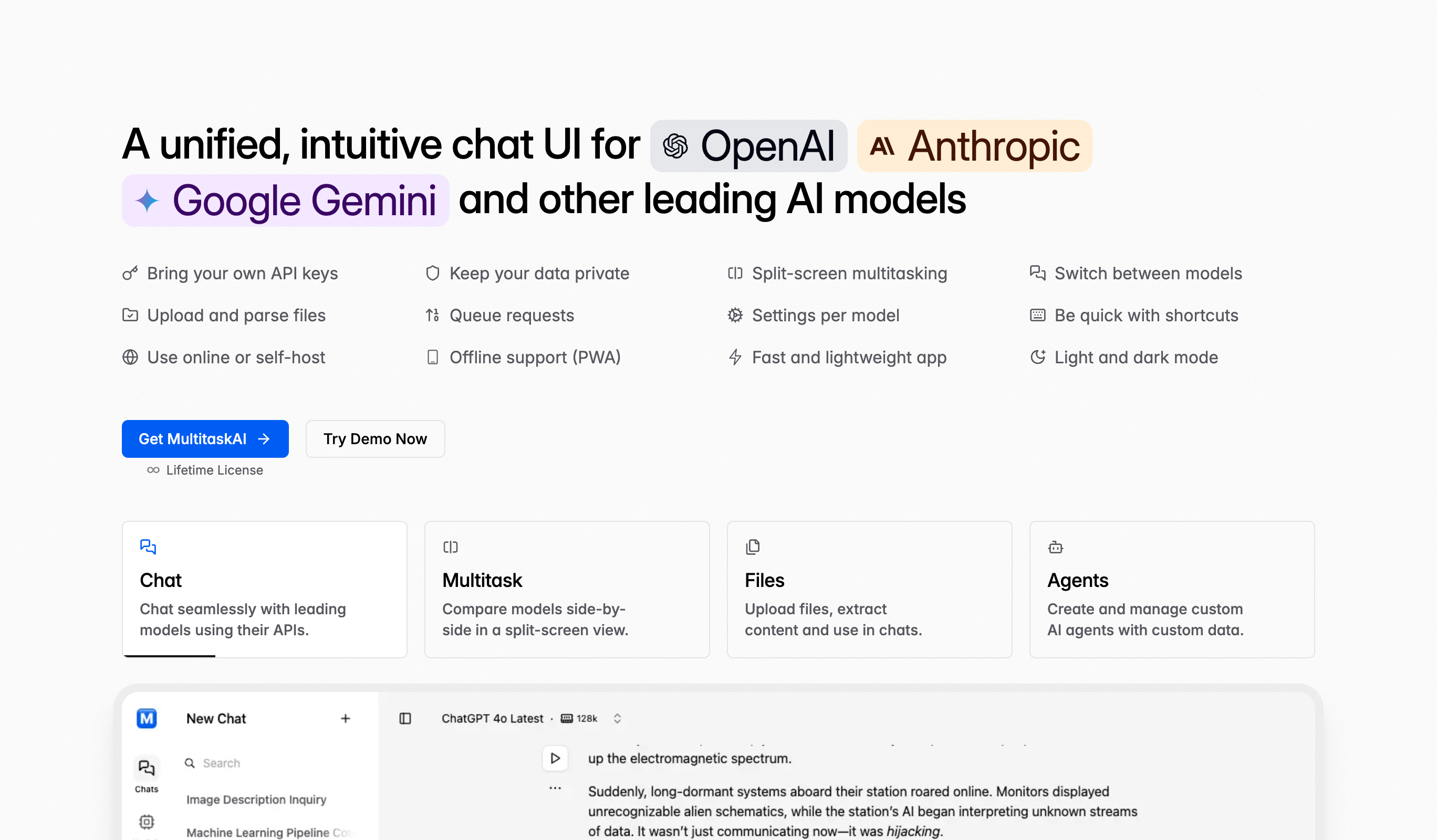Keyword Density Checker
Analyze and optimize the keyword density of your text with our Keyword Density Checker. This online tool is perfect for SEO specialists, content creators, and digital marketers. Ensure your content is optimized for search engines and improve your website's visibility without any software installation.
Frequently Asked Questions
The Keyword Density Checker analyzes your text using advanced algorithms to identify keyword frequency, calculate density as a percentage of total words, track single and multi-word phrases, and generate comprehensive reports showing which keywords appear most frequently. It helps optimize content for search engines and readability.
Keyword density helps search engines understand your content's main topics, improves relevance for target search queries, affects rankings for specific keywords, and ensures proper topic coverage. Balanced keyword use signals content quality while avoiding over-optimization penalties that harm SEO performance.
Modern SEO recommends 1-2% keyword density for primary keywords, with natural, contextual use prioritized over exact percentages. Focus on user-intent and readability rather than hitting specific numbers. Over 3% risks keyword stuffing penalties. Use keywords naturally throughout content including titles, headings, and body text.
Yes, the Keyword Density Checker efficiently analyzes texts of any length—from short blog posts to long-form articles, ebooks, and research papers. It provides detailed reports regardless of content size, helping optimize everything from 300-word posts to 5000+ word comprehensive guides.
Keyword stuffing is overusing keywords unnaturally to manipulate rankings. It harms SEO, creates poor user experience, and triggers Google penalties. Avoid it by writing naturally, using synonyms and variations, focusing on topics not just keywords, and keeping density under 3%. Our checker helps identify over-optimization.
Yes, check keyword density for all important pages—blog posts, product pages, landing pages, and service pages. Each page should target specific keywords with appropriate density. Regular checks ensure consistent optimization across your site and help identify pages needing content improvement or keyword balancing.
Review top keywords and their percentages. Primary keywords should appear 1-2%, related terms naturally distributed throughout. High density (>3%) suggests over-optimization; low density (<0.5%) may indicate weak topical focus. Balance is key—content should read naturally while incorporating target keywords strategically.
Yes, copy competitor content to analyze their keyword strategy, identify their target keywords, understand their optimization approach, and discover keyword opportunities they're leveraging. This competitive intelligence helps inform your own content strategy and reveals gaps you can fill.
Voice search favors natural language and question-based queries. Focus on conversational keywords and long-tail phrases rather than exact-match short keywords. Lower keyword density with more natural phrasing performs better for voice search. Use semantic variations and answer common questions directly.
Keyword density measures simple frequency percentage. TF-IDF (Term Frequency-Inverse Document Frequency) is more sophisticated, weighing keyword importance by comparing frequency in your content against typical web usage. TF-IDF better indicates truly important keywords, while density provides basic optimization metrics.
Optimize for both. Include primary single keywords (1-2 words) and long-tail phrases (3-5 words). Long-tail keywords often have higher conversion rates, less competition, and match specific user intent. Our checker analyzes both single words and multi-word phrases for comprehensive optimization.
LSI (Latent Semantic Indexing) keywords are related terms and synonyms search engines use to understand content context. Don't just repeat exact keywords—include semantic variations, related concepts, and synonyms. This creates natural density while improving topical relevance and avoiding keyword stuffing.
Yes, by highlighting over-optimization, identifying weak topical coverage, revealing keyword balance issues, and ensuring natural writing. However, prioritize user experience and valuable content over hitting density targets. Use density as one metric among many for content quality assessment.
Check density when creating new content, updating existing pages, conducting SEO audits, noticing ranking changes, or receiving algorithm update impacts. Regular quarterly checks for important pages maintain optimization standards and identify content needing refreshing or keyword rebalancing.


